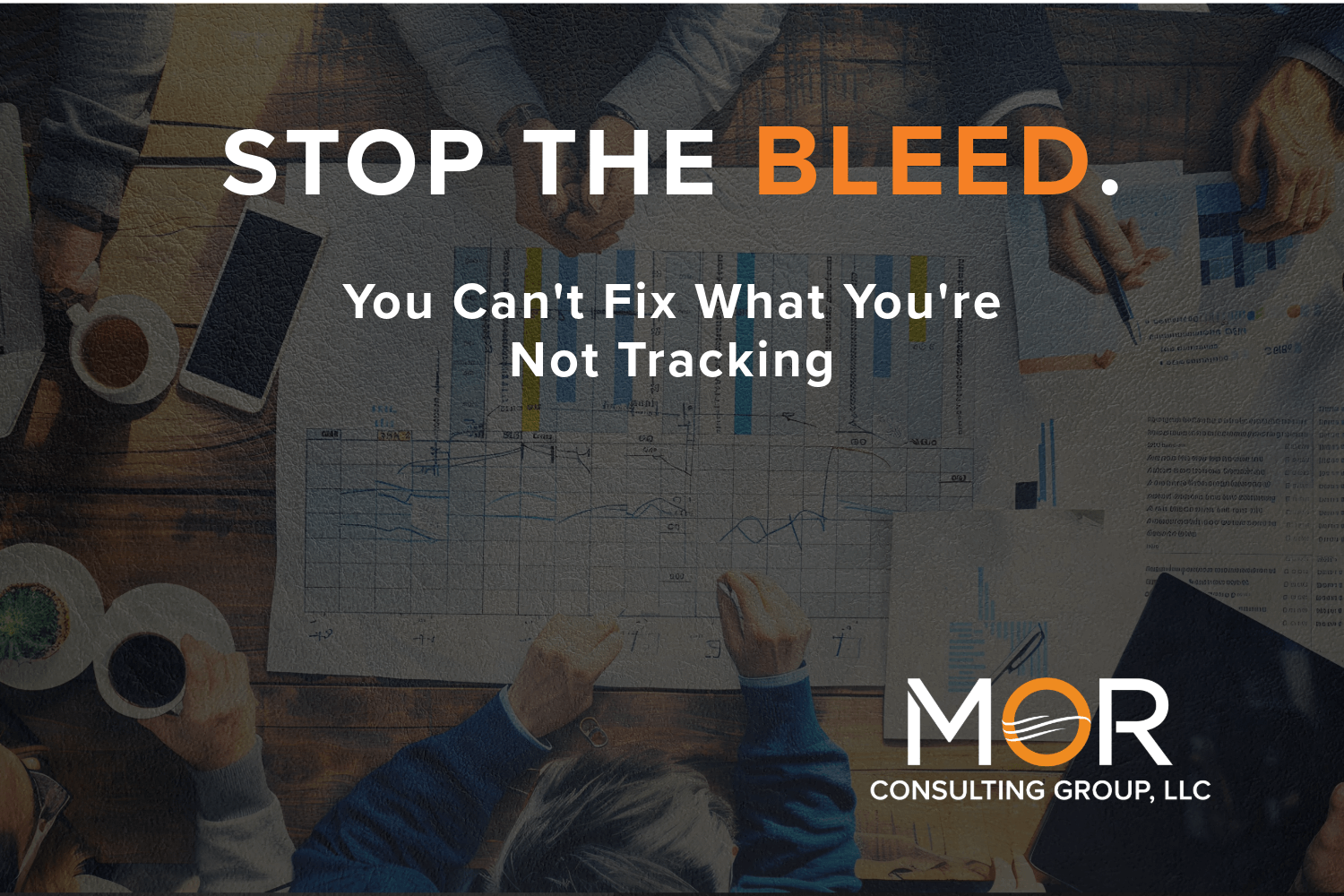The Silent Profit Drain No One’s Talking About
If your company scaled quickly between 2020 and 2023, there’s a high chance you’re leaking money—right now.
Whether it was responding to supply chain volatility, hiring during the Great Resignation, or onboarding suppliers during global uncertainty—many of the decisions made during that time weren’t strategic. They were reactive.
Now that the economy has cooled and margins are under pressure, the cracks in procurement processes, contract management, and operational infrastructure are starting to show.
Most companies don’t know where their money is going—and by the time they find out, it’s too late.
This isn’t just a finance issue. It’s a risk management, procurement, and operational leadership issue. And, it’s costing millions.
How Procurement Decisions Became a significant Risk Factor Inside Your Business
During 2021–2023, procurement teams were under immense pressure to deliver under tight deadlines, shifting regulations, and supplier shortages.
Contract reviews were expedited—often with exceptions that were favorable to suppliers
“Backup suppliers” became permanent suppliers—with premium pricing
Long-term risk exposure was postponed in the name of efficiency
Fast forward to today—those same contracts are likely draining budgets with outdated pricing, poor terms, and limited accountability (and in some cases, no accountability at all). Executives are now being forced to re-evaluate supplier agreements and cost structures—but many aren’t sure where to start or how much exposure they actually have.
Risk Management Blind Spots: What You Can’t See WILL impact your p&l
Even companies with strong operational controls struggle with adherence:
Expense approvals lack real oversight—rationale is vague, inconsistent, or blank
Supplier contracts aren’t reviewed on time—renewals are happening automatically, without market testing
There’s complacency with "testing" the market—meaning you might not be working with the best-fit supplier anymore
And perhaps most concerning? … Business Continuity Management (BCM) plans are rarely tested against real-world supplier failures. Organizations assume they know what would happen if a key supplier went down. But when a true outage occurs, the gaps in preparedness become unmistakably clear.
Here are Real-World Examples:
A telecommunications outage caused widespread service disruptions across a major metropolitan area, affecting businesses, government operations, and emergency services
A leading financial institution suffered a supplier failure—leaving customers unable to complete transactions for hours
These weren’t small-scale disruptions - they were business-critical failures that exposed gaps in contingency planning.
The lesson? If your business continuity plan hasn’t been tested under pressure, you may not actually know what would happen in a crisis.
Where Is the Money Leaking?
Many organizations tend to focus on big-ticket cost-cutting, but overlook the slow financial bleed happening daily.
Do you have systems—or leadership accountability—for catching duplicate cross-department costs?
Are procurement teams actively renegotiating contracts, or are terms being renewed on autopilot?
Are you tracking the cost of delays? Procurement inefficiencies, project stalls, and slow decision-making all cost real dollars
If you are a C-Suite executive, it isn't enough for your team to assure you that costs are being controlled. Ask for the unmassaged data—raw, unfiltered numbers—and keep asking for it regularly.
What gets measured, gets done. What goes unchecked? Continues bleeding profit.
How High-Performing Companies Are Fixing It Now
✔ Conducting deep procurement audits to catch hidden inefficiencies
✔ Renegotiating supplier contracts and eliminating outdated, high-cost suppliers
✔ Tightening expense approval processes with clear accountability
✔ Ensuring leaders understand the "burning platform"—what controls exist, why they matter, and what happens when adherence fails
Leadership must hold teams accountable consistently. Without accountability, overspending becomes culture—and profit erosion follows.
Take Action Now—The Cost of Inaction Is Too High
Companies that identify and fix their financial leaks now will be positioned to thrive long-term. Waiting until the next financial crisis is not a strategy. The cost of doing nothing is higher than the cost of acting now.
If this resonated with you, do not delay—contact MOR Consulting Group™ now.

